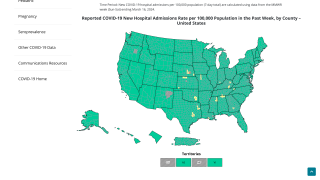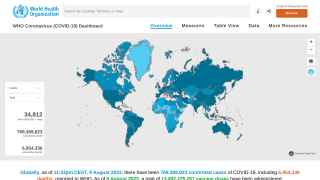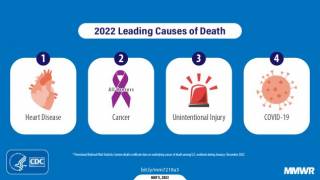COVID-19’s Two-Phase Infection

New research led by Harvard Medical School (HMS) investigators at Massachusetts General Hospital provides insights that could help improve treatment strategies for COVID-19 infected patients treatment strategies.
According to the study’s HMS authors, the findings suggest treatments that target viral replication, such as remdesivir (Vekurly), may be effective only in the early phase of infection, according to the study authors.
To analyze the SARS-CoV-2 coronavirus at the tissue level, the scientists examined autopsied material from patients who died from complications of COVID-19. The analyses revealed two phases of infection in patients with severe COVID-19 pneumonia.
The early phase is defined by high levels of virus in the lungs that trigger patients’ cells to express genes involved with the interferon pathway, a critical part of the immune response.
The coronavirus was no longer present in the later phase, but the lungs’ damage is too severe for recovery.
“The interferon response to SARS-CoV-2 indicates that people’s immune systems can attack SARS-CoV-2, but the response is variable between patients and even in different parts of the lung of the same patient, making a ‘one drug fits all’ therapy approach difficult,” said co-corresponding author David Ting, M.D., HMS assistant professor of medicine.
The HMS team also found that there is surprisingly very little viral replication in the lungs, which suggests that the coronavirus is mostly replicating in the nasal passages and then dropping into the lungs, where it can cause pneumonia and other complications.
It will be essential to conduct additional autopsy analyses to understand better the extent and timing of SARS-CoV-2 infection in the lungs and other tissues, leading to improved treatment strategies for patients with COVID-19, the authors said.
In the study, the team used a method called RNA in situ hybridization to visualize SARS-CoV-2 in human lung specimens.
“This assay is now a clinical test being used at MGH to understand what tissues can be infected by the virus,” Dr. Ting stated.
CoronavirusToday publishes research-based news.
Our Trust Standards: Medical Advisory Committee

























